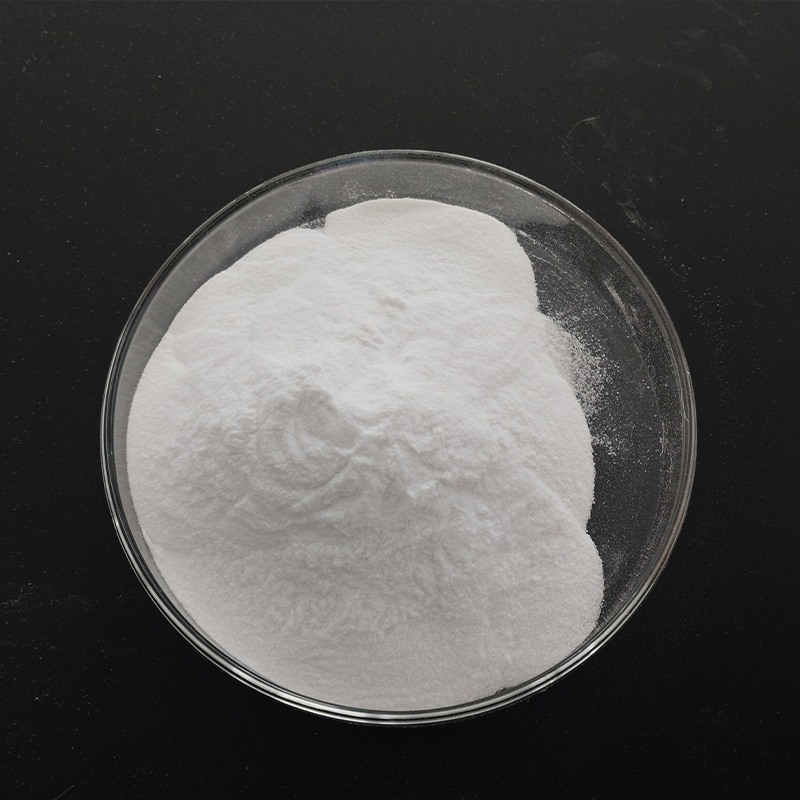Polypropylene glycol

Polyvinyl Alcohol (PVA) Product Introduction
1. Product Description
Polyvinyl Alcohol (PVA) is a synthetic water-soluble polymer with the chemical formula [-CH₂CHOH-]ₙ. It appears as a white to cream-colored powder, flake, or granular solid, odorless and non-toxic. PVA exhibits excellent film-forming ability, adhesion, and chemical stability, making it a versatile material across industries.
2. Specifications
PVA is categorized by degree of hydrolysis (e.g., 78%, 88%, 98%) and viscosity (measured for 4% aqueous solutions at 20°C). Common grades include:
PVA 1788: Degree of hydrolysis 87–89%, viscosity 20.5–24.5 mPa·s.
PVA 1799: Degree of hydrolysis 98–99%, viscosity 22–28 mPa·s.
Key parameters: Volatile matter ≤5%, ash content ≤0.7%, pH 5–7.
3. Key Characteristics
Water Solubility: Dissolves in hot water (65–75°C), forming viscous solutions.
Film-Forming: Produces transparent, flexible, and tear-resistant films.
Chemical Resistance: Resistant to oils, solvents, and acids/alkalis.
Gas Barrier: High oxygen and nitrogen barrier properties.
Biodegradability: Degrades by microbial action within 46 days.
4. Advantages
Versatility: Available in multiple grades (e.g., 1788, 1799) for tailored applications.
Eco-Friendly: Bio-based and recyclable (e.g., rPVA from recycled plastics).
Safety: Non-toxic, biocompatible, and suitable for medical uses (e.g., eye drops, wound dressings).
Cost-Effective: Compatible with low-cost processing methods like solution casting.
5. Application Fields
Textiles: Sizing agent for warp yarns, improving weaving efficiency.
Construction: Additive for cement and coatings to enhance adhesion and crack resistance.
Packaging: Oxygen-barrier films for food preservation.
Pharmaceuticals: Lubricant in eye drops (e.g., dry eye treatment).
Paper & Wood: Binder for paper coatings and wood adhesives.
6. Production Technology
PVA is primarily produced via three routes:
Petroleum Ethylene Route: High-purity VAM synthesis using ethylene, dominant in Europe/Japan.
Natural Gas Acetylene Route: Utilizes acetylene from methane, with lower catalyst costs.
Calcium Carbide Acetylene Route: Common in China due to abundant coal resources.
7. Theoretical Insights
Molecular Structure: Hydroxyl groups alternate along the polymer chain, forming hydrogen bonds.
Polymerization Degree: Higher degrees increase viscosity and mechanical strength but reduce solubility.
Thermal Behavior: Decomposes at 200°C, with glass transition temperature 75–85°C.
8. Service & Support
Customization: Tailored specifications (e.g., particle size, hydrolysis degree).
Technical Assistance: Guidance on dissolution, formulation, and application optimization.
Logistics: Flexible packaging (25 kg/bag) and global shipping options.
9. Packaging & Storage
Packaging: 20–25 kg woven bags with moisture-proof lining.
Storage: Keep in a cool, dry, ventilated area away from heat and ignition sources.
10. Precautions
Health Hazards: Avoid inhalation of dust; use protective gear (gloves, masks).
Fire Risk: Powder forms explosive mixtures with air; use CO₂ or foam extinguishers.
Medical Use: Do not apply to open wounds or eyes without medical advice